In a world where overtourism plagues popular destinations and Instagram hotspots are crowded with selfie sticks, there’s something magical about places that remain largely undiscovered. These hidden gems offer authentic experiences without the crowds, allowing travelers to enjoy unspoiled landscapes and genuine cultural encounters.
Here is a list of 15 extraordinary destinations that see remarkably few visitors each year, yet offer experiences that rival or surpass their more famous counterparts.
Cocos Island, Costa Rica
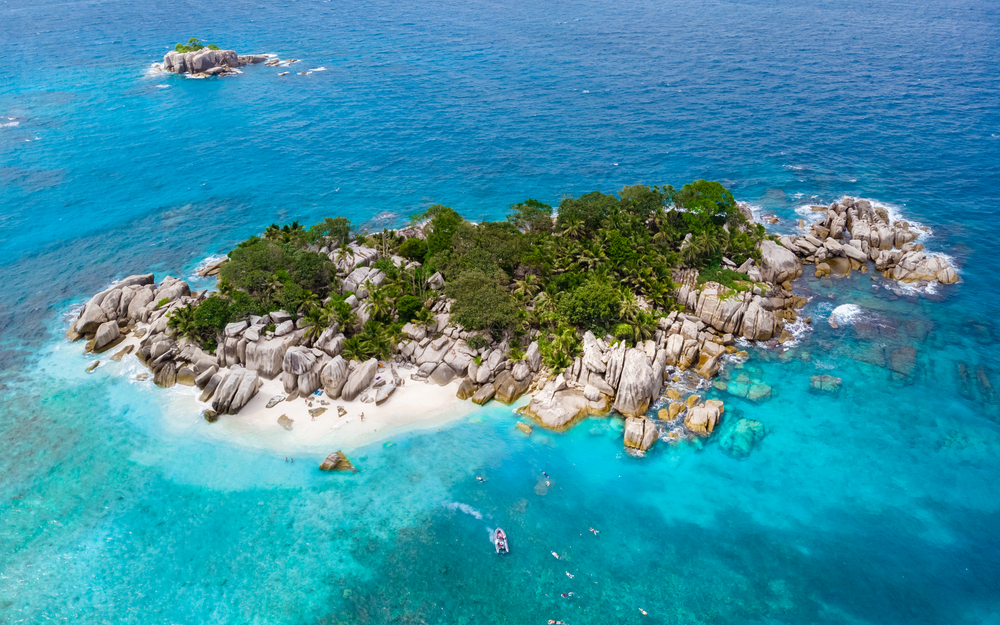
Located 340 miles off Costa Rica’s Pacific coast, Cocos Island receives fewer than 3,000 visitors annually despite its incredible natural beauty. This remote UNESCO World Heritage site is surrounded by deep waters teeming with hammerhead sharks, rays, and dolphins.
The island itself features lush forests and spectacular waterfalls, making it a paradise for adventurous divers and nature enthusiasts willing to make the 36-hour boat journey.
Nauru
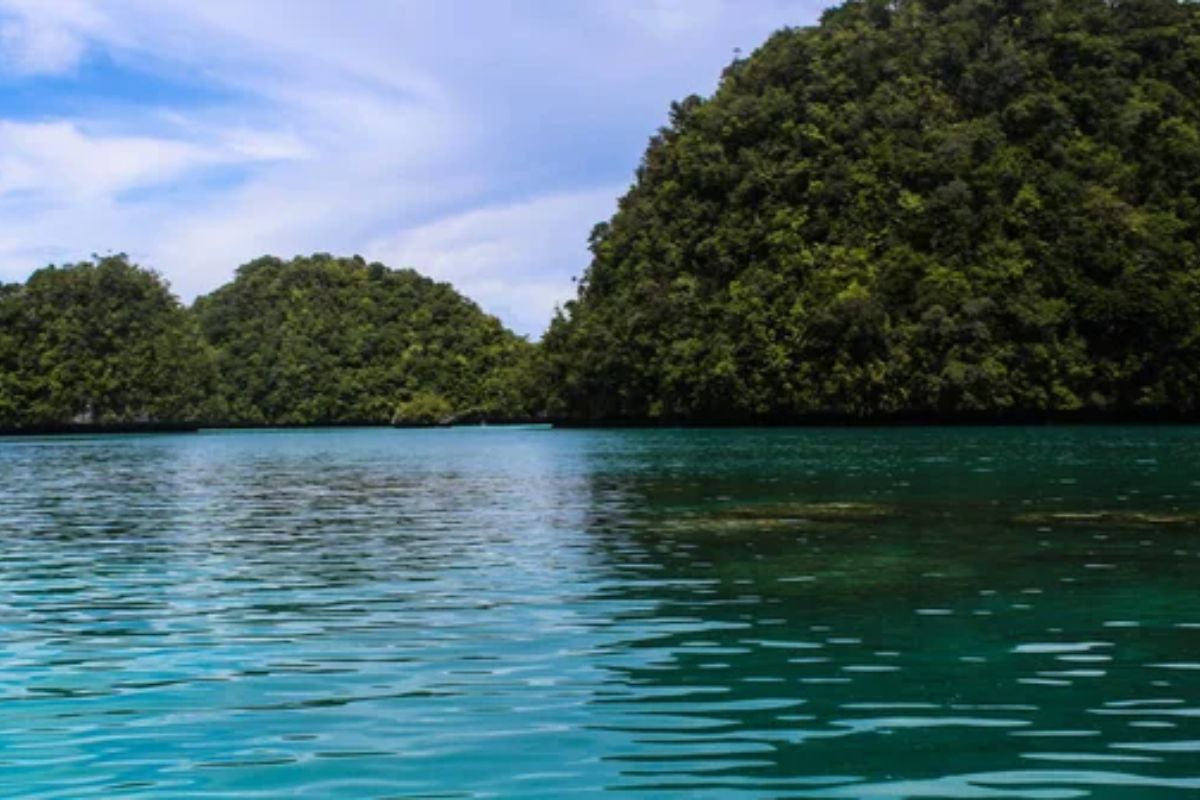
As the world’s smallest island nation and least-visited country, Nauru welcomes only about 200 tourists per year. This tiny 8-square-mile Pacific island nation offers stunning coral reefs, phosphate pinnacles resembling a lunar landscape, and warm hospitality from locals.
The entire coastline can be driven around in about 20 minutes, creating an intimate experience with this microstate that most travelers never even consider.
Like Travel Pug’s content? Follow us on MSN.
Karst Mountains of Dong Van, Vietnam

While Vietnam’s tourism booms in places like Ha Long Bay, the dramatic karst plateau of Dong Van receives just a fraction of those numbers. This UNESCO Global Geopark features limestone formations dating back 400 million years, traditional villages of ethnic minorities, and winding mountain roads that seem to touch the clouds.
Visitors can experience authentic homestays with H’mong families and explore Sunday markets where traditional dress and customs remain vibrantly alive.
Somaliland
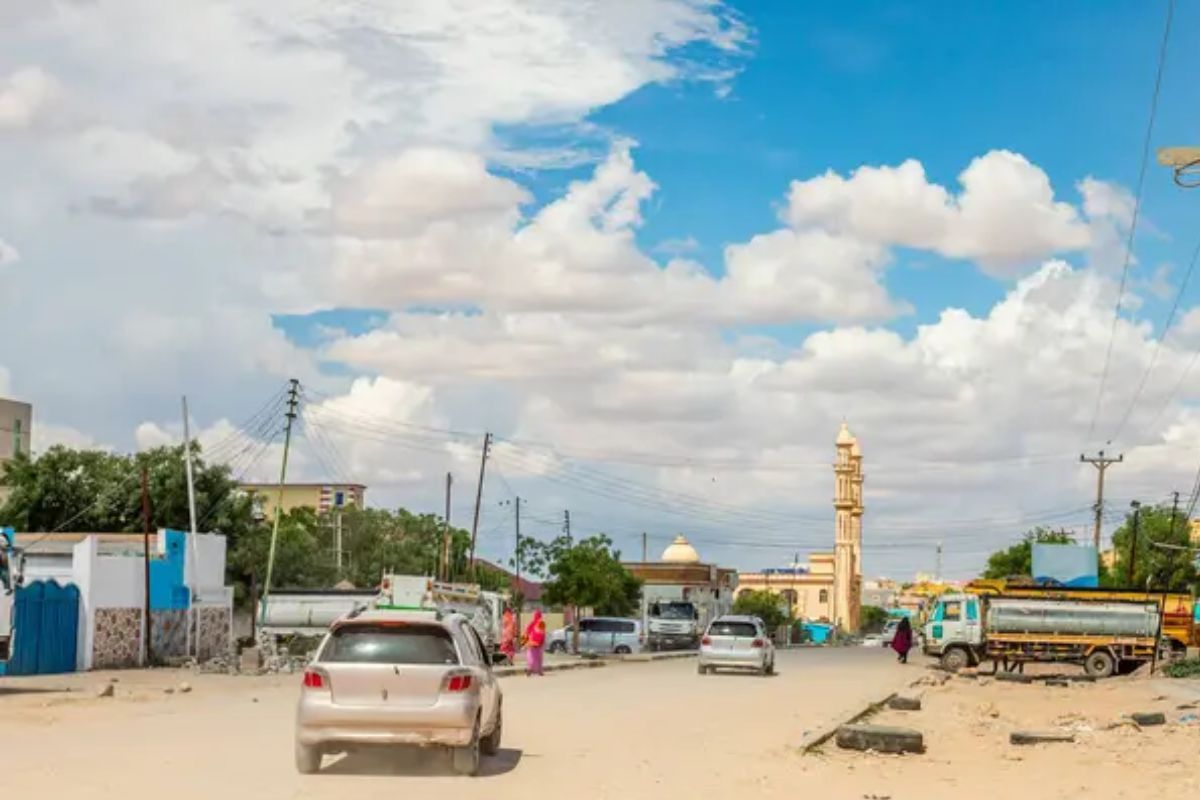
This self-declared independent state (though internationally recognized as part of Somalia) receives fewer than 1,000 tourists annually despite offering remarkable attractions. Laas Geel contains some of Africa’s oldest and best-preserved rock paintings, dating back 5,000 years and depicting ancient pastoral life in vivid ochre and white.
The capital, Hargeisa, offers vibrant markets, camel trading, and a warm welcome that defies the region’s challenging reputation.
San Blas Islands, Panama
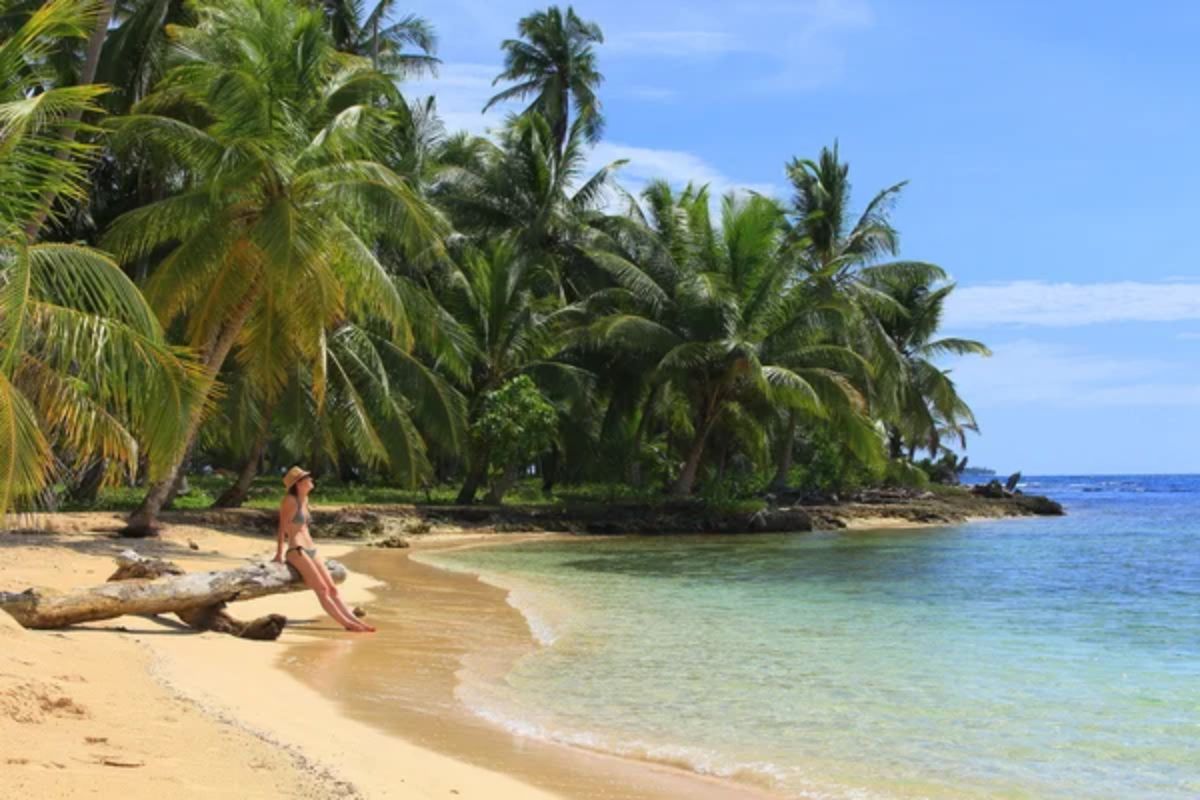
This archipelago of 365 tiny islands sees just a handful of visitors despite being only a short distance from Panama City. Most of these perfect postcard islands remain uninhabited, while about 49 host small communities of indigenous Guna people who maintain traditional ways of life.
With restrictions on development and tourism, visitors can enjoy pristine beaches, spectacular snorkeling among coral reefs, and authentic cultural experiences in a setting that feels worlds away from modern tourist infrastructure.
Like Travel Pug’s content? Follow us on MSN.
Tristan da Cunha
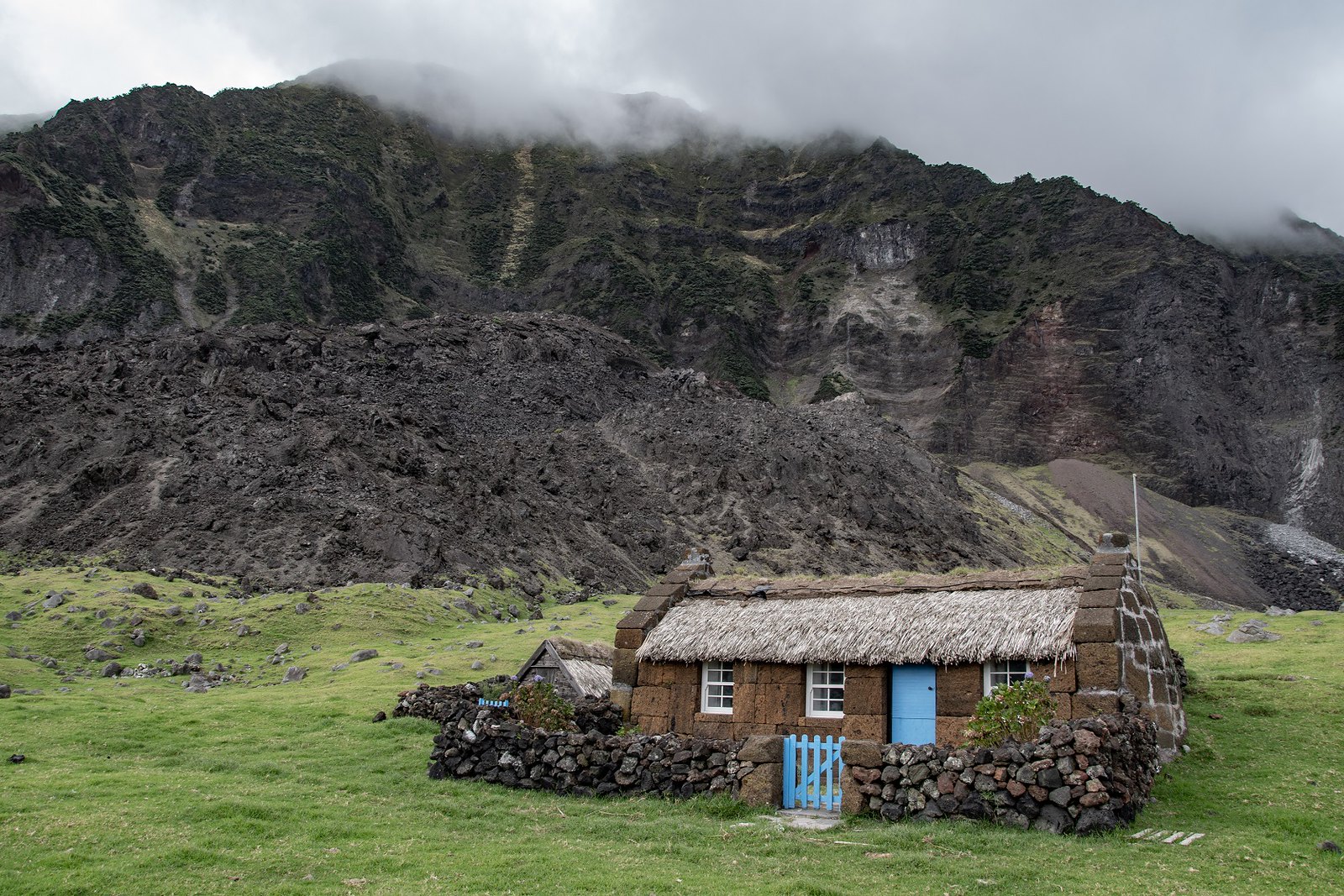
As the most remote inhabited archipelago on Earth, Tristan da Cunha receives fewer than 100 tourists per year. Located 1,500 miles from the nearest mainland in South Africa, this British Overseas Territory can only be reached by a six-day boat journey from Cape Town.
The island’s 250 residents welcome the occasional visitor to their volcanic home, where hiking around the 6,760-foot Queen Mary’s Peak and observing rare wildlife offer unforgettable experiences for those willing to make the journey.
Guna de Sugamuxi, Colombia

While Colombia’s tourism has surged in recent years, this ancient city sacred to the Muisca civilization remains largely overlooked. Located near Lake Tota, South America’s largest natural lake, the area features mystical sites, including El Infiernito (Little Hell), an astronomical observatory built by the Muisca around 2000 BCE.
Visitors can explore archaeological sites virtually alone, hike through cloud forests, and experience authentic rural Colombian life far from the tourist trail.
Jiuzhaigou Valley, China
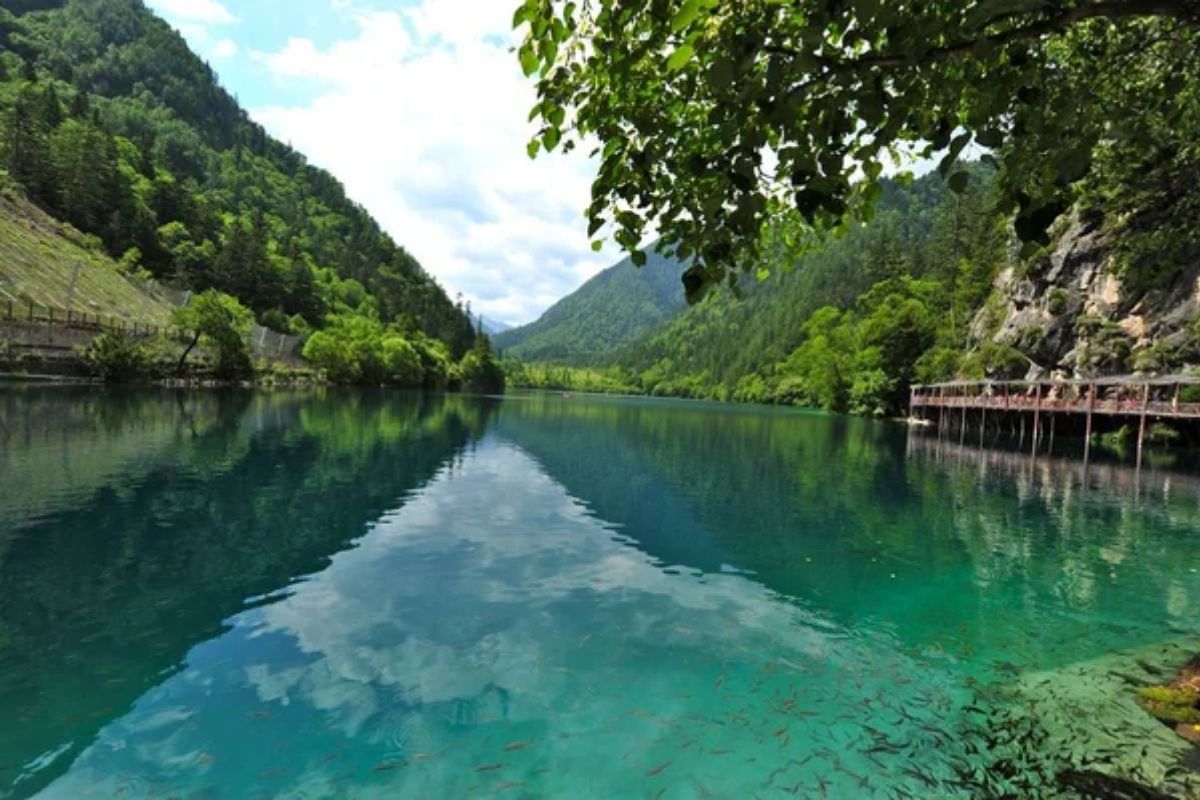
After a 2017 earthquake damaged infrastructure, visitor numbers to this breathtaking national park dropped dramatically and have not recovered to previous levels. The valley features multi-level waterfalls, colorful lakes in impossible blues and greens, and traditional Tibetan villages set against snow-capped mountains.
Those who make the journey to this remote corner of Sichuan Province often have its fairytale landscapes almost entirely to themselves.
Pitcairn Islands
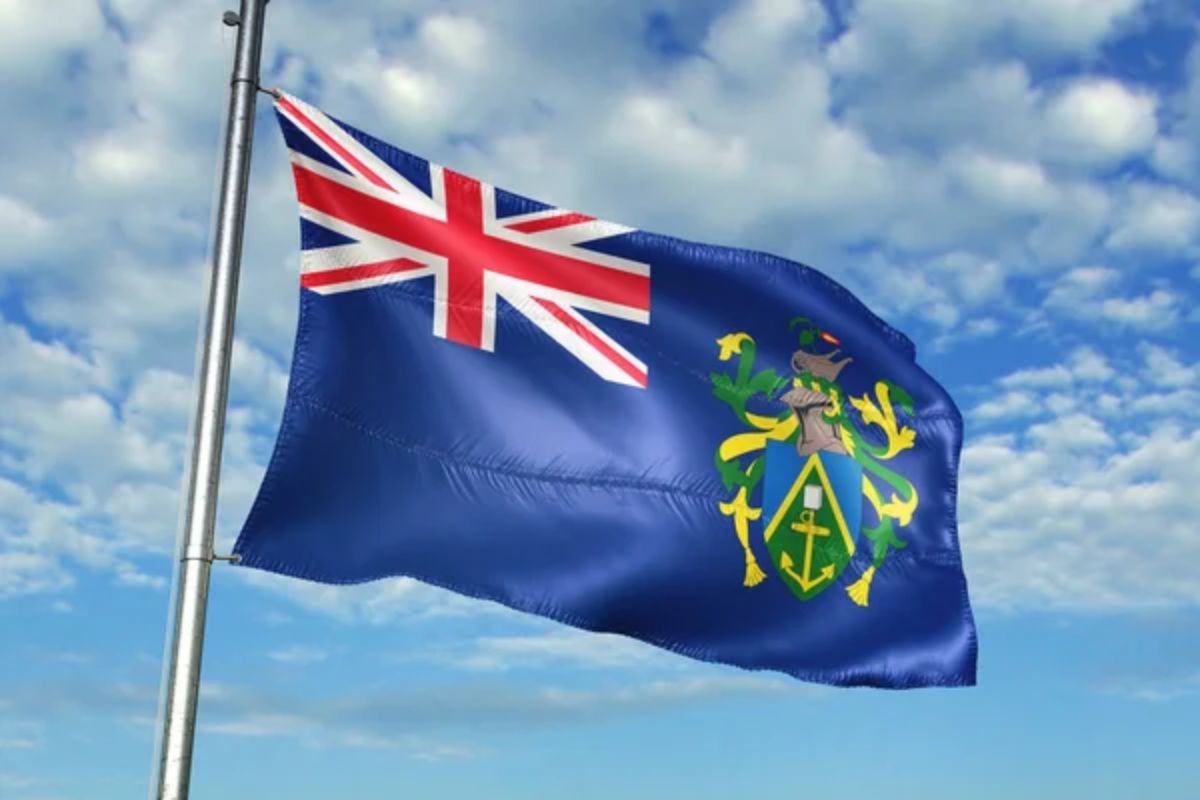
With a population of just 50 people, this British Overseas Territory in the South Pacific receives fewer than 200 visitors annually. Famous as the final refuge of the Bounty mutineers, Pitcairn offers pristine marine environments, rugged hiking trails, and the chance to meet descendants of Fletcher Christian and his crew.
Reaching the island requires a combination of flights to Tahiti, then Mangareva, followed by a 32-hour yacht journey—a commitment that keeps this paradise nearly untouched.
North Sentinel Island, India
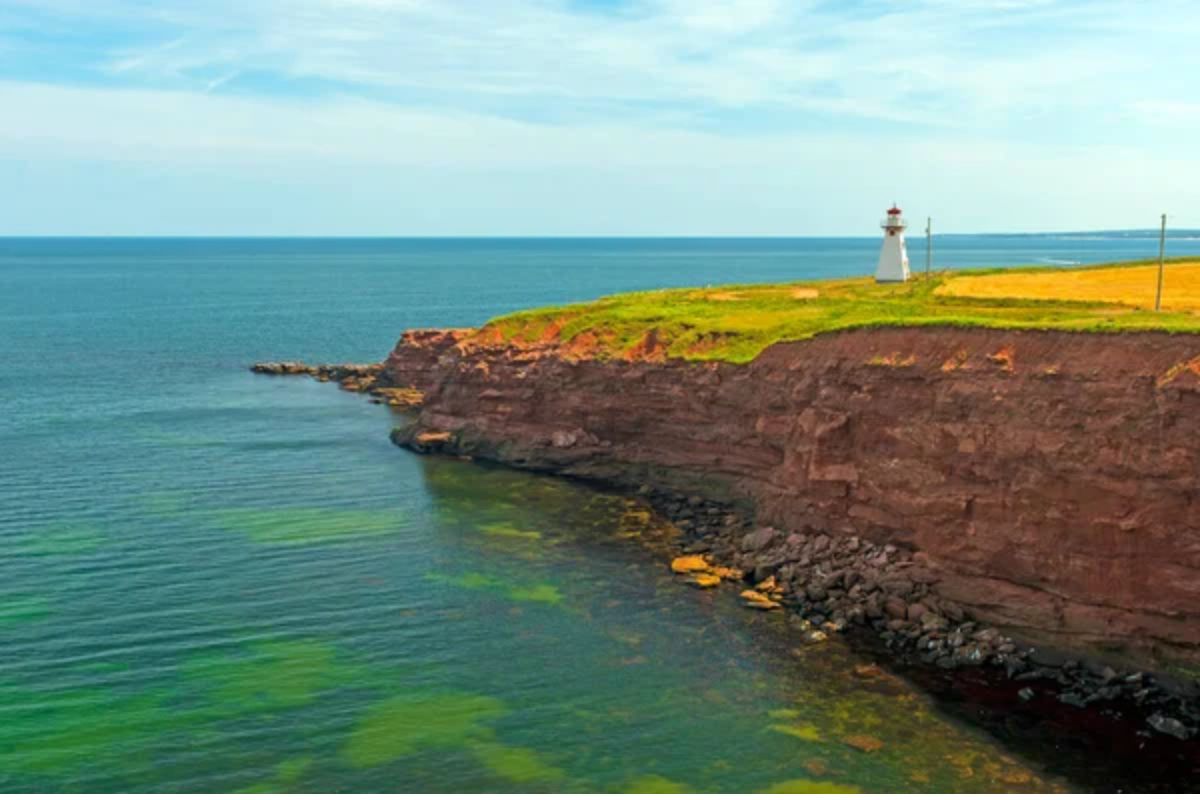
This island in the Andaman Sea is one of the most isolated places on Earth, inhabited by the Sentinelese tribe, who have rejected contact with the outside world. The Indian government strictly prohibits visits to protect both the indigenous people and potential visitors.
The island represents one of the last truly untouched human societies, serving as a reminder that some places should remain unvisited and preserved in their natural state.
Turkmenistan
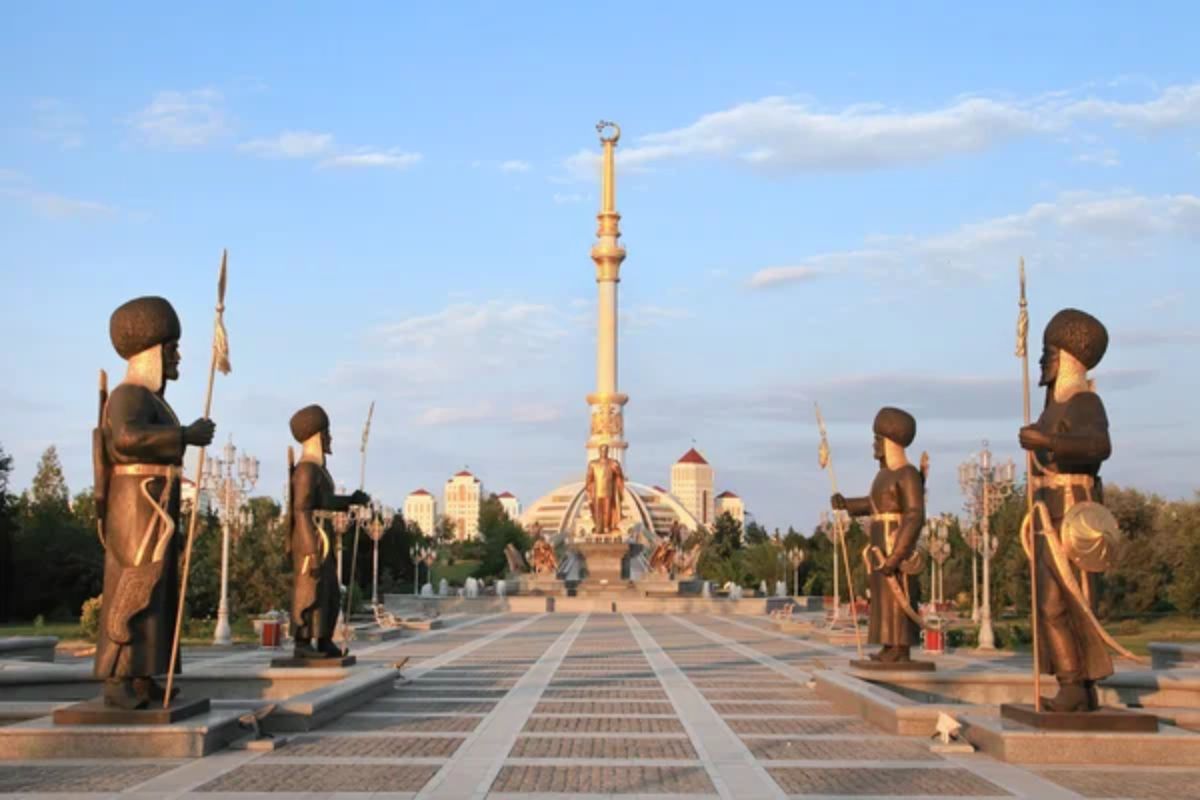
With fewer than 10,000 tourists annually, this Central Asian nation remains one of the world’s least-visited countries despite extraordinary attractions. The Darvaza Gas Crater, nicknamed ‘The Gates of Hell,’ is a fiery pit that has been burning continuously since 1971 when Soviet engineers set it alight.
Visitors can also explore the white marble capital of Ashgabat, ancient Silk Road ruins, and the Karakum Desert, all while encountering very few other tourists.
Kerguelen Islands, French Southern Territories
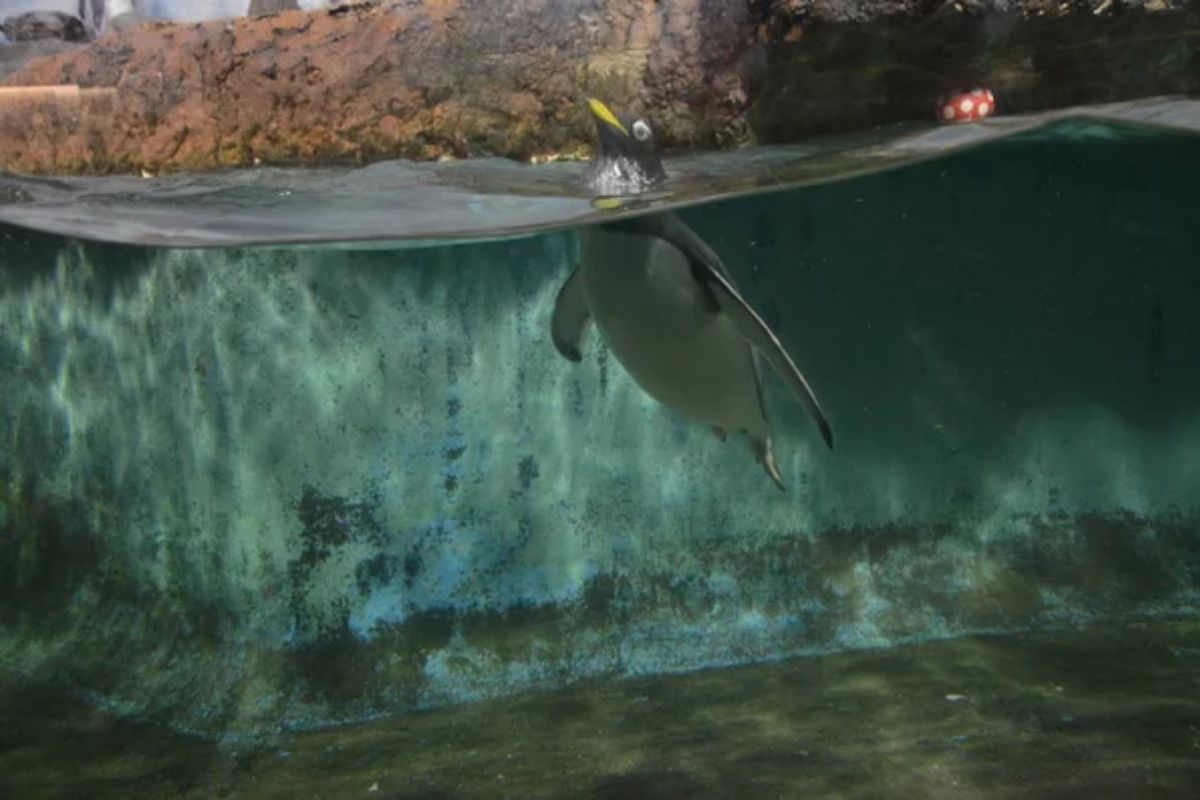
These sub-Antarctic islands see fewer than 100 visitors per year outside of scientific personnel. Sometimes called the ‘Desolation Islands,’ this remote French territory hosts research stations, thousands of elephant seals, and dramatic glacial landscapes.
The islands can only be reached by ship from Réunion Island, with journeys taking about six days across notoriously rough seas—a journey that keeps these islands pristine and virtually untouched by tourism.
Palmyra Atoll, United States
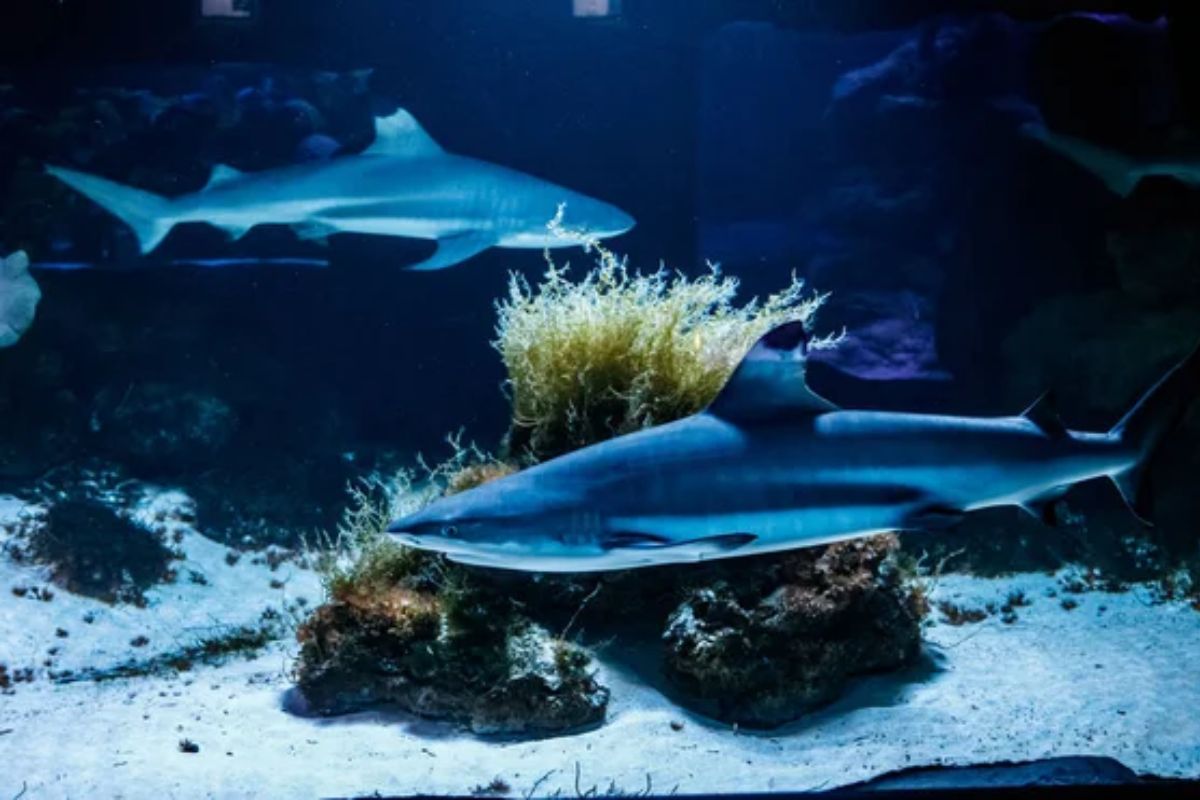
This remote U.S. territory in the Pacific Ocean hosts only researchers and occasional volunteers, with no tourism infrastructure. Administered as a wildlife refuge, the atoll features some of the most pristine coral reef systems remaining on Earth and serves as a crucial habitat for migratory birds.
The U.S. Fish and Wildlife Service strictly controls access, making it one of the few places Americans can claim as part of their country, but almost none will ever visit.
Korzok, India

Sitting at 15,000 feet above sea level beside the magnificent Tso Moriri Lake in Ladakh, this highest permanent settlement in India sees just a trickle of hardy travelers. The village offers a glimpse into traditional Tibetan Buddhist culture, with the ancient Korzok Monastery dating back to the 14th century.
The surrounding landscapes of the Changthang Plateau, with snow-capped peaks reflecting in crystal blue waters, rival any natural wonder but remain largely unknown to international tourists.
St. Helena

Until an airport opened in 2017, this remote South Atlantic island was accessible only by a five-day boat journey from Cape Town. Despite improved access, St. Helena still receives fewer than 5,000 visitors annually.
Most famous as Napoleon Bonaparte’s final place of exile, the island offers dramatic volcanic landscapes, unique endemic wildlife, including the ancient St. Helena earwig, and charming British colonial architecture that seems frozen in time.
The Road Less Traveled

These destinations remind us that true travel treasures often lie beyond the pages of guidebooks and social media feeds. Their limited visitor numbers aren’t due to lack of beauty or cultural significance, but rather their remoteness, limited infrastructure, or simply being overshadowed by more famous neighbors.
For travelers seeking authentic experiences and willing to venture beyond convenience, these places offer rewards that mass tourism can never provide—the feeling of genuine discovery and connection with places that remain wonderfully, refreshingly themselves.
More from Travel Pug

- 20 Destinations That Were Once Thriving but Are Now Quietly Disappearing
- 15 Hidden Spots in Disney World’s Magic Kingdom Most Visitors Miss
- 20 Once-Popular Beach Towns That Are Now Ghostly Empty
- 20 Beautiful US Lakefront Towns Where You Can Live for Under $2000 a Month
- 20 Caribbean Islands That Are Safer Than People Think
Like Travel Pug’s content? Follow us on MSN.
